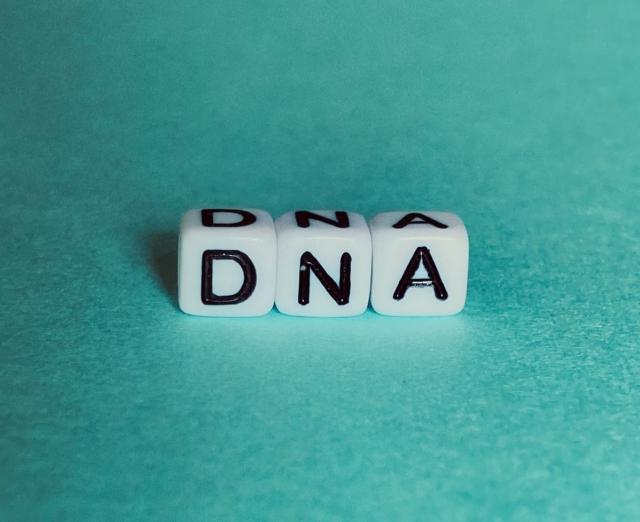Summary of this article
Explains the relationship between DNA and prenatal parent-child identification. Details how genetic information can be used to confirm parent-child relationships during pregnancy, as well as its accuracy and reliability.
DNA and prenatal paternity testing are important techniques used to confirm parent-child relationships on a genetic level. The relationship is explained below.
1. The role of DNA
DNA (deoxyribonucleic acid) is the molecule that holds the genetic information and determines the genetic characteristics of each individual. As genetic information is passed on from parents to their children, there are many common parts in the DNA of parents and children. By analyzing these common parts, the parent-child relationship can be established.
2. Methods of prenatal paternity testing
In a prenatal paternity test, the following steps are usually taken to establish the parent-child relationship
- Collecting samples from the mother: during pregnancy, fetal DNA is present in the mother’s blood. A sample of the mother’s blood is used to collect this DNA.
- Sample collection from potential fathers: a DNA sample from the potential father is also required. This is usually obtained from an oral swab (cells collected from the inside of the cheek) or a blood sample.
- DNA analysis: the DNA of the fetus in the mother’s blood is compared with that of the potential father to determine how many genetic matches there are. This confirms whether the prospective father is the biological father of the fetus.
3. Accuracy and ethical considerations
Prenatal paternity appraisals are highly accurate, but should be conducted with caution from an ethical point of view. As such appraisals are deeply concerned with family issues and personal privacy, it is recommended that legal advice and counselling be sought when undertaking them.
Thus, DNA is the basis for scientific and reliable proof of parent-child relationships in prenatal paternity testing.
Latest Articles
Supervisor of the article

Dr. Hiroshi Oka
Graduated from Keio University, Faculty of Medicine
Doctor of Medicine
Medical Doctor









